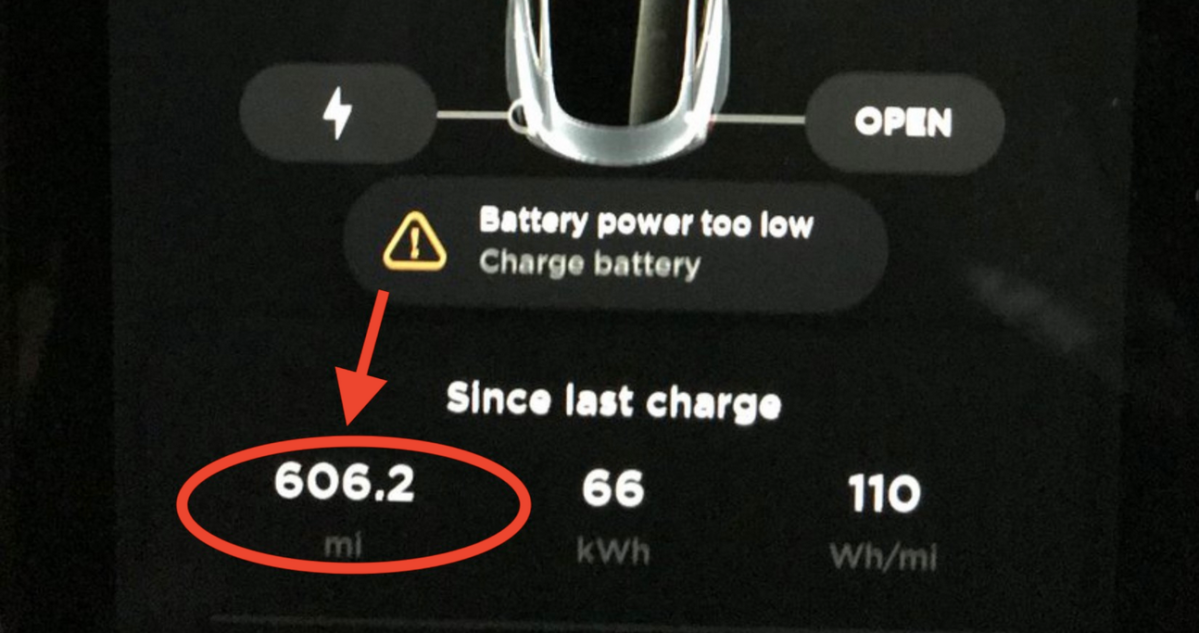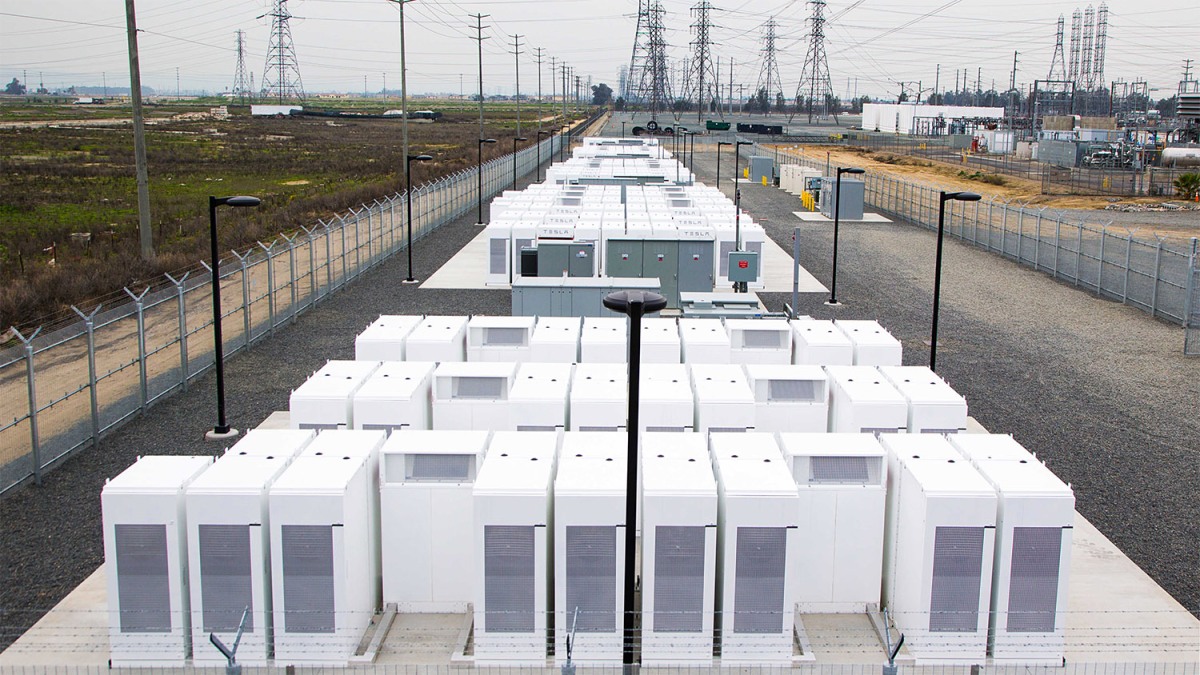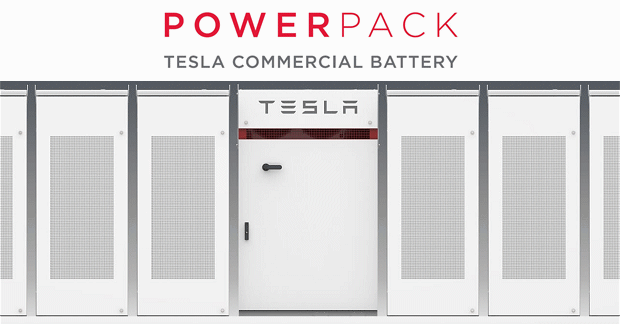Your daily selection of the hottest trending tech news!
According to Electrek
Hypermiling is the practice of driving vehicles as efficiently as possible in order to achieve the longest distance possible on one charge/fuel tank.
It’s not a useful way to determine the range of a vehicle for normal driving, but it’s an interesting way to see how the way someone drives can impact fuel efficiency.
Tesla owners have now established a new hypermiling record in a Model 3 by traveling 606 miles on a single charge.
This weekend, Tesla owners Erik Strait and Sean Mitchel set out to achieve the record on a public road circuit.
Their goal was 600 miles (965 km) and they narrowly beat it for what could very well be the Guinness World Record for the longest distance driven in a production electric car on a single charge.
The attempt basically consists of driving at extremely low-speed in order to get the most efficient driving speed for the vehicle while also not using power consuming onboard features like climate control.
In the case of the Model 3, Strait and Mitchel found that maintaining the speed under 25 mph (40 km/h) was ideal.
32 hours later, they had the record.
They streamed the entire hypermiling run on Youtube, which you can watch below, but a fair warning: hypermiling might very well be the most boring motorsport to watch by a long shot:
But the results were quite interesting. Mitchell reported a very efficient 110 Wh per mile for a total 66 kWh used during the run:
As we previously reported in our feature on the Model 3 battery pack architecture, the Long Range Model 3 battery pack has a capacity of about 74 kWh, but they surprisingly got much less usable energy in their run and it’s not clear why.
There’s always some capacity left as a buffer, but it seems higher than usual in this case.
Electrek’s Take
It’s a very impressive performance – though I wouldn’t be surprised if it eventually gets surpassed with a route that results in fewer stops.
But it’s still a nice achievement and the newest hypermiling record for a Tesla vehicle – beating the previous Tesla Model S hypermiling record of just over 900 km (560 miles) on a single charge in a Model S P100D.
Interestingly, when talking about hypermiling, Tesla CEO Elon Musk said in 2015 that he would expect people to reach 600 miles (965 km) on a single charge in a Tesla vehicle in 2017.
The comment resulted in a lot of misinformation as media reported it as if Tesla plans to release a vehicle with a real-world range of 600 miles.
Of course, it’s not the case at all since hypermiling is in no way representative of the actual normal range of a vehicle, electric or not.
It’s a fun way to see how much efficiency you can get out of a car.
- Got any news, tips or want to contact us directly? Feel free to email us: esistme@gmail.com. To see more posts like this please subscribe to our newsletter by entering your email. By subscribing you’ll receive the top trending news delivered to your inbox.
__
This article and images were originally posted on [Electrek] May 27, 2018 at 12:11PM. Credit to Author and Electrek | ESIST.T>G>S Recommended Articles Of The Day


